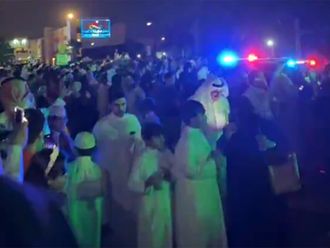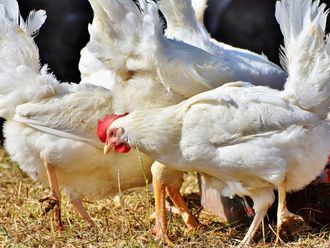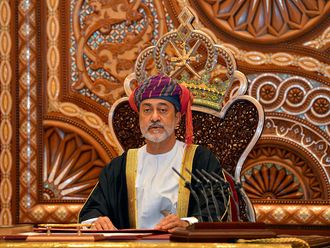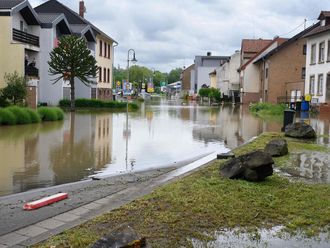
Manama: With ten days left for the parliamentary elections in Kuwait, women are fiercely clinging to the thin hope that women candidates will overcome social challenges and win seats.
“I predict that up to three women will be elected on November 26,” Iqbal Al Ahmad, the former editor-in-chief of Kuwait News Agency (Kuna), said. “Some of the candidates are really outstanding and have high levels of education, culture and sense of criticism. They have interesting visions. I just hope that women are not criticised simply because they are women and I look forward to women being treated as candidates or members of parliament, not as women,” she said, quoted by Kuwaiti daily Al Qabas on Tuesday.
Layla Thenayyan Al Ganem, an activist, said that she was looking to positive results.
“There is no difference between men and women. Women are well capable of holding their grounds and presenting strong arguments and clear visions that are of great benefit to the nation. We know most of the women who will be running, and so we have good idea of their capabilities,” she said.
Awatef Al Eisa, an activist, said that she was optimistic women will win seats in the elections.
“I expect women will win two or three seats, while my wishes are to see women take five or six seats at least,” she said. We have in Kuwait some of the most competent women.”
Huda Al Mutairi, another activist, said that she fully supported women running in elections.
“We wish them the best of luck so that they are elected and subsequently have an effective role in the next parliament,” she said.
Women have taken part in six parliamentary elections since 2006, fielding 117 candidates.
In 2006, 28 women ran in the national polls, making up 11.9 per cent participation rate.
Those records for the number of women candidates and the participation percentage stand until today.
In 2008, there were 27 women candidates (9.9 per cent of the total number of candidates), and in 2009, there were 16 (7.6 per cent). In February 2012, there were 23 women (8 per cent), but the figure dropped to 15 (3.8 per cent) in December when the elections were ordered in the same year. In the last elections in July 2013, only eight women (2.5 per cent) presented their candidacies.
No women won in 2006, 2008, and February 2012, while history was made in 2009 when four women were elected for the first time in the country’s history. In December 2012, three women won seats.
The dismal performance by women over the last ten years is often attributed to the formidable challenges they face in elections often dominated by powerful tribal and religious affiliations.












